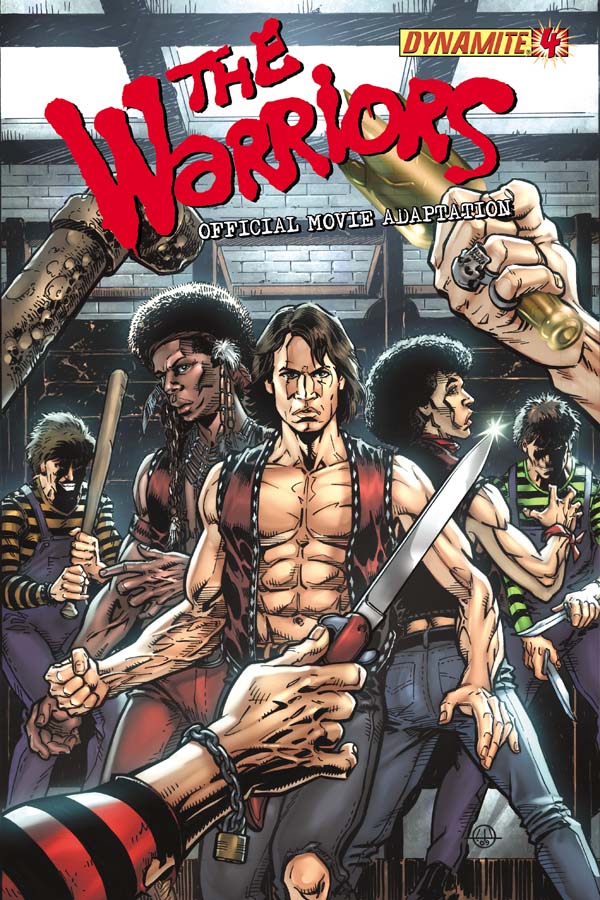The first X omnibus surprised me. Though I’m not a superhero fan, I liked X’s dark tone and focus on mafia and political machinations within the corrupt city of Arcadia. In the middle the book lost focus with the inclusion of Dark Horse’s other heroes, but it got back on track at the end. I was intrigued enough to immediate start in on the second omnibus.
And that’s where the series dies. The second half of X’s adventures is awful. X’s quest to seize control of the city is pushed to the back burner as guest appearances from the rest of “Comic’s Greatest World” take control of the series. If I were collecting this as the issues were released, I would have dropped the book somewhere in the Washington DC storyline.
John Ostrander wrote a celebrated Spectre series in the nineties. It was firmly in the DC universe, subject to the same dumb crossovers and guest appearances as other superhero books. But Ostrander was always able to balance this, keeping the tone of his series firmly in place and remembering whose name was the title of the book. Steven Grant wasn’t able to do that here. In multiple issues, X is relegated to a guest appearance in his own book. And the other characters introduction were handled clumsily. I’m not sure if writer Steven Grant lost his grip or was under editorial pressure to feature other superheroes, but either way it is intrusive and destructive to X’s own book. And let’s be honest, most of the CGW superheroes were pretty dumb.
On top of the story telling slip-ups, the new regular art team of Javier Saltares and Andrew Pepoy is awful. X was plagued by changing art teams. Some good (Doug Mahnke and Jimmy Palmiotti, Chris Warner and Tim Bradstreet), some not so good. Having a standard team should have been a good thing. But the team they settled on just didn’t fit the tome of the character. Look at the cover for the first issue of X or at any of the covers Frank Miller did for the series. X’s world should be full of inky black shadows, grimy back alleys and mystery. Instead, the backgrounds are typically squeaky clean and brightly lit. And vanilla. Arcadia had no distinct personality to it.
Saltares is just not a very good artist. All of his characters are muscle-bound and stand in awkward poses, making fists at inappropriate times. He is unable to draw two average people standing in a room, talking (which is a major handicap in a series dealing with back room politics and mafia power plays). Also, his style is a grab bag of the worst of the nineties. Poor anatomy, speed-lines everywhere, pouches, pouches, pouches. It’s a mess. I imagine Dark Horse wasn’t able to attract top of the line artists for their superhero titles. But they should have tried a little harder to match the skills of the artist with the needs of the series.
The character and background of X remains a good seed for a series. Perhaps if Dark Horse wasn’t so eager to cram an entire new superhero universe down reader’s throats, X could have gone somewhere. If each title were allowed to stand on its own, with other characters only being mentioned or included as the story required it, Comics Greatest World might have gotten some legs and X might have lasted.
X has been rebooted and the new series looks promising. Let’s hope Dark Horse has learned some lessons.






